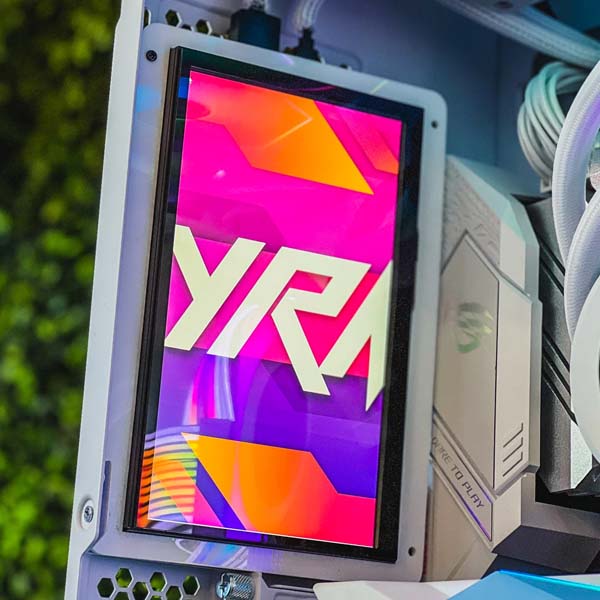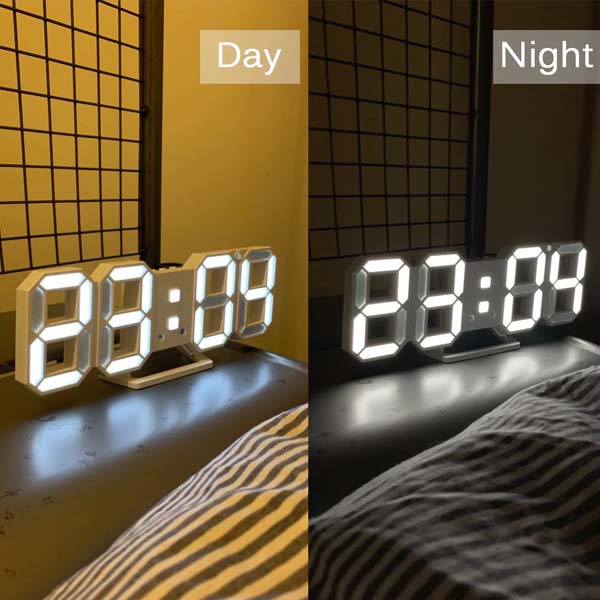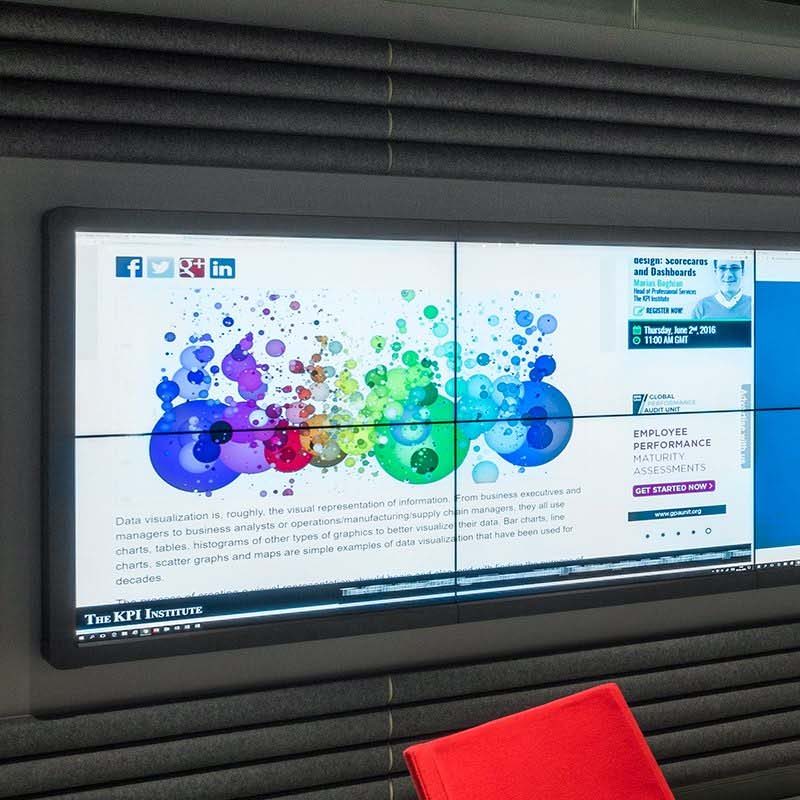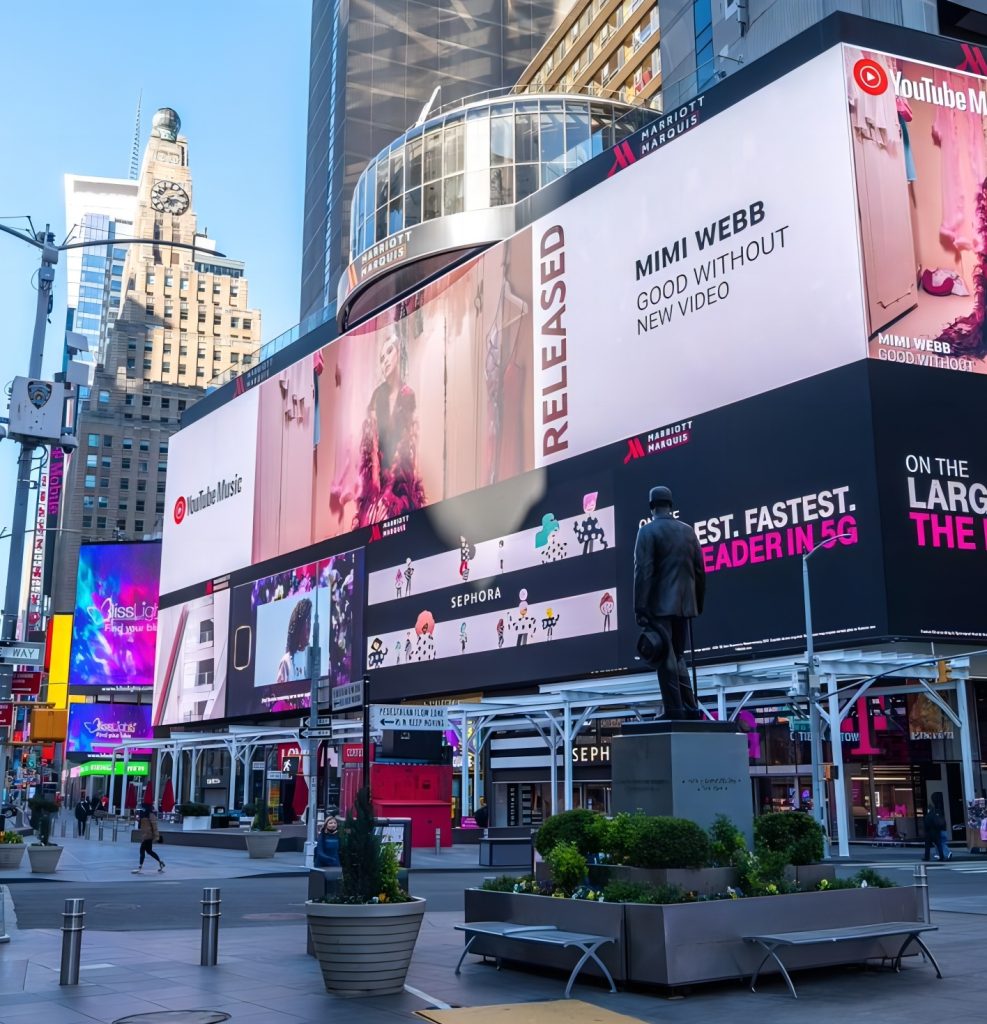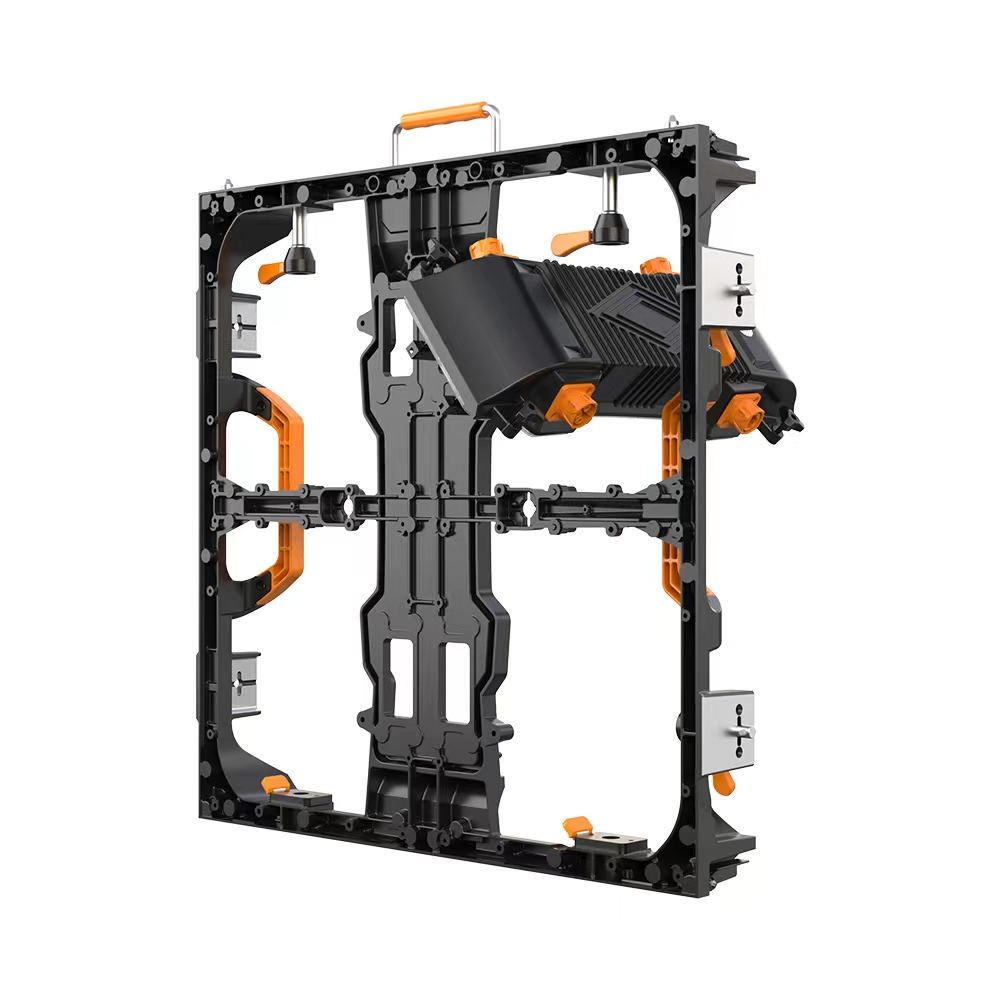Commercial LED displays have become a cornerstone in the advertising and marketing industries, transforming how businesses communicate with their audience. These displays offer unparalleled brightness, clarity, and flexibility, making them ideal for a variety of settings, from bustling city centers to quiet indoor malls. This article delves into the specifics of commercial LED displays, focusing on their technology, features, applications, and maintenance to provide a thorough understanding of these dynamic tools.
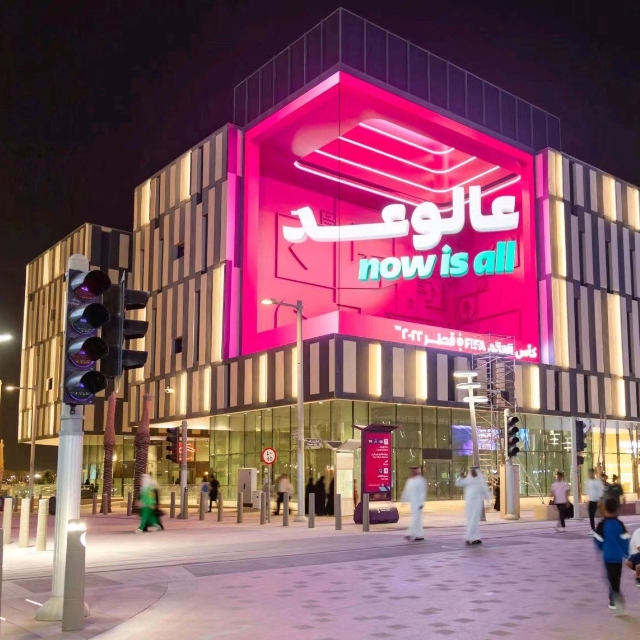
Understanding Commercial LED Displays
Commercial LED (Light Emitting Diode) displays consist of panels of LEDs that work together to produce images and videos that are visible even in direct sunlight. LED technology has evolved significantly, allowing for greater energy efficiency and longer lifespans compared to traditional display methods.
Key Features of Commercial LED Displays
- High Brightness and Visibility: Commercial LED displays are designed to be incredibly bright, which makes them easily visible even in well-lit environments. This is crucial for outdoor settings where sunlight can overpower less vibrant displays.
- Durability: Built to withstand various environmental conditions, commercial LED displays are typically rugged with weather-resistant capabilities. This makes them suitable for both indoor and outdoor use.
- Energy Efficiency: LEDs are well-known for their low power consumption, which not only reduces operating costs but also lessens environmental impact.
- Flexibility in Design: LED technology allows for flexibility in terms of size and shape. Displays can be customized to fit specific spaces or designed to create unique configurations like curved, corner, or cylindrical displays.
- Superior Color Accuracy and Uniformity: LED displays provide excellent color accuracy and uniform brightness across the entire panel, which is essential for maintaining the quality and consistency of visual content.
Applications of Commercial LED Displays
Commercial LED displays are used in a wide range of applications:
- Retail: Enhancing the shopping experience by displaying dynamic advertisements and promotions.
- Entertainment: Used in concert halls, stadiums, and theaters to show live action and replays.
- Transportation: Airports, train stations, and bus terminals use LED displays to show schedules, alerts, and advertisements.
- Corporate: Office buildings utilize LED displays for branding and communicating internal messages.
- Public Spaces: Used for informational and advertising purposes in places like museums, parks, and plazas.
Maintenance and Care for Commercial LED Displays
To ensure longevity and performance, regular maintenance of commercial LED displays is essential:
- Routine Cleaning: Keeping the display clean from dust and debris can prevent overheating and maintain clarity.
- Software Updates: Regular updates to the software driving the displays ensure they operate efficiently and can leverage the latest features.
- System Checks: Regular diagnostics can help detect issues before they lead to failure or significant repair costs.
- Environmental Protection: For outdoor displays, ensuring proper sealing and protection against harsh weather conditions is crucial.
Conclusion
Commercial LED displays offer businesses a powerful tool for engaging with customers and enhancing brand visibility. By understanding the technology, features, and proper maintenance practices, businesses can maximize the benefits of their investment in LED display technology. This guide provides a foundation for selecting, using, and maintaining these innovative devices in various commercial settings.

